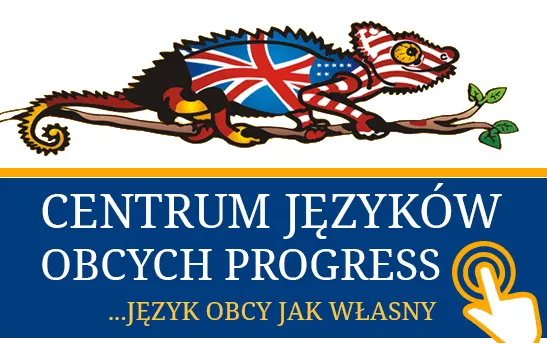- North America (103)
- The United States (87)
- Canada (16)
- Central America (48)
- Mexico (48)
- South America (11)
- Brasil (11)
- Australia and Oceania (20)
- Asia (460)
- Thailand (71)
- Malaysia (3)
- Burma (Myanmar) (52)
- Cambodia (251)
- Indonesia (11)
- Singapore (6)
- Israel (8)
- United Arab Emirates (3)
- Oman (26)
- Sri Lanka (24)
- Turkey (11)
- Africa (19)
- Europe (479)
- Spain (Catalonia) (7)
- Spain (27)
- Italy (29)
- Great Britain (4)
- France (25)
- Poland (303)
- Germany (12)
- Czech (11)
- Greece (46)
- Cyprus (16)
- Off-topic
- All
Turkish Evening
As part of the entertainment organized by the hotel, we participated in a Turkish evening full of visual and auditory experiences.
“When on holiday in sunny Turkey, you cannot miss a Turkish evening, during which diverse Turkish culture is presented. We can observe a Turkish wedding show, as well as a wealth of dances, Turkish national costumes and energetic music. All Turkish events are primarily about singing, dancing and having fun. The event is accompanied by Turkish delicacies and, of course, crazy Turkish melodies. Therefore, it is worth choosing an evening full of impressions and returning from Turkey with a head full of impressions and memories.
Whirling Dervishes (Tur. Mevlevilik) - a Muslim order founded in the 13th century in Turkey. The inspiration for the founding of the order was the mystical poetry of Rumi (died in 1273 in Konya). A characteristic feature of the participants of this order is meditation in motion in the form of a series of "dance" figures, the most spectacular of which is the ability to spin quickly (hence the name).
What is the dervish dance?
The arrangement of the dervishes' dance figures is supposed to imitate the movement of heavenly bodies, which, according to beliefs, results in the growing love for God in the human soul. While dancing, the dervish loses himself in it, experiencing it with his whole being. In this way he expresses his unity with God. The purpose of the dance is to achieve a spiritual trance.
Türkiye is one of the countries where belly dancing is part of the culture. The Turkish dance style is characterized by the dancer's high mobility and is inspired by Romani dance.
It is very important in oriental dance to isolate individual body parts and muscle groups from each other. A very characteristic element are the so-called shimmies, i.e. a group of movements that make the dancer's entire body (e.g. shimmy earthquake, knee shimmy) or some part of it (hips, arms, belly, hand, leg) tremble. Proper abdominal muscle movements are very rare and there are only a few of them (abdominal waves, diaphragmatic shimmies, pops, abdominal muscle locks). The work of the abdominal muscles often completes the movements of the hips or chest.”
Our participation was not only passive, but we also joined in the madness on stage.





























